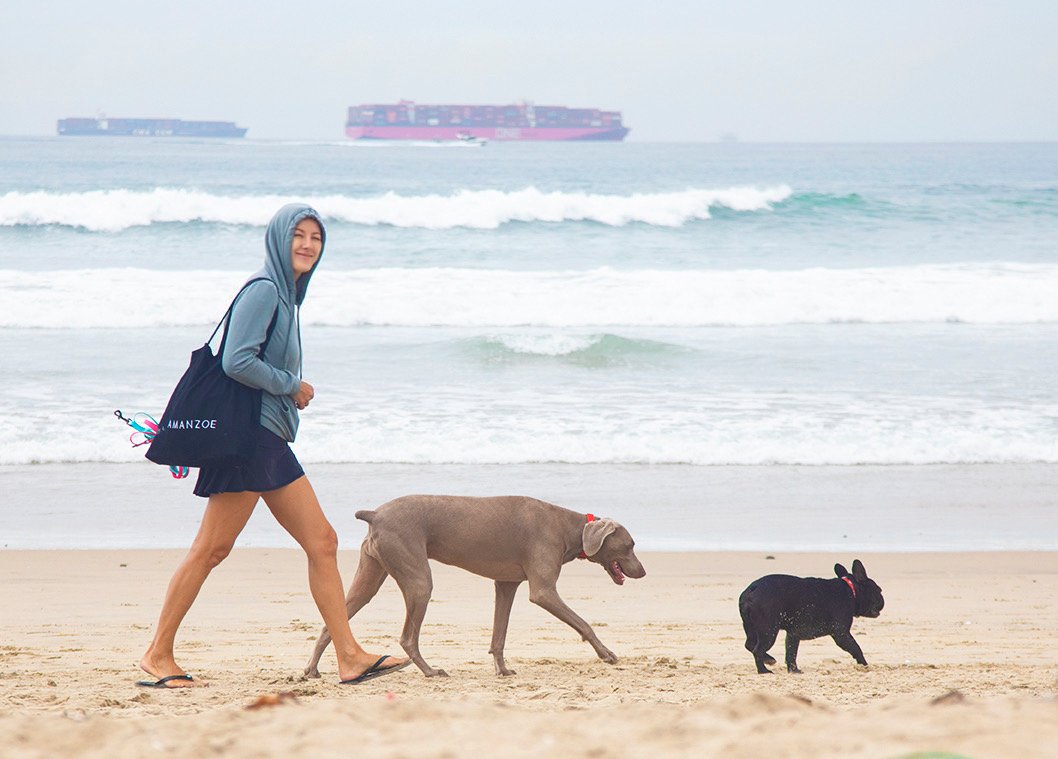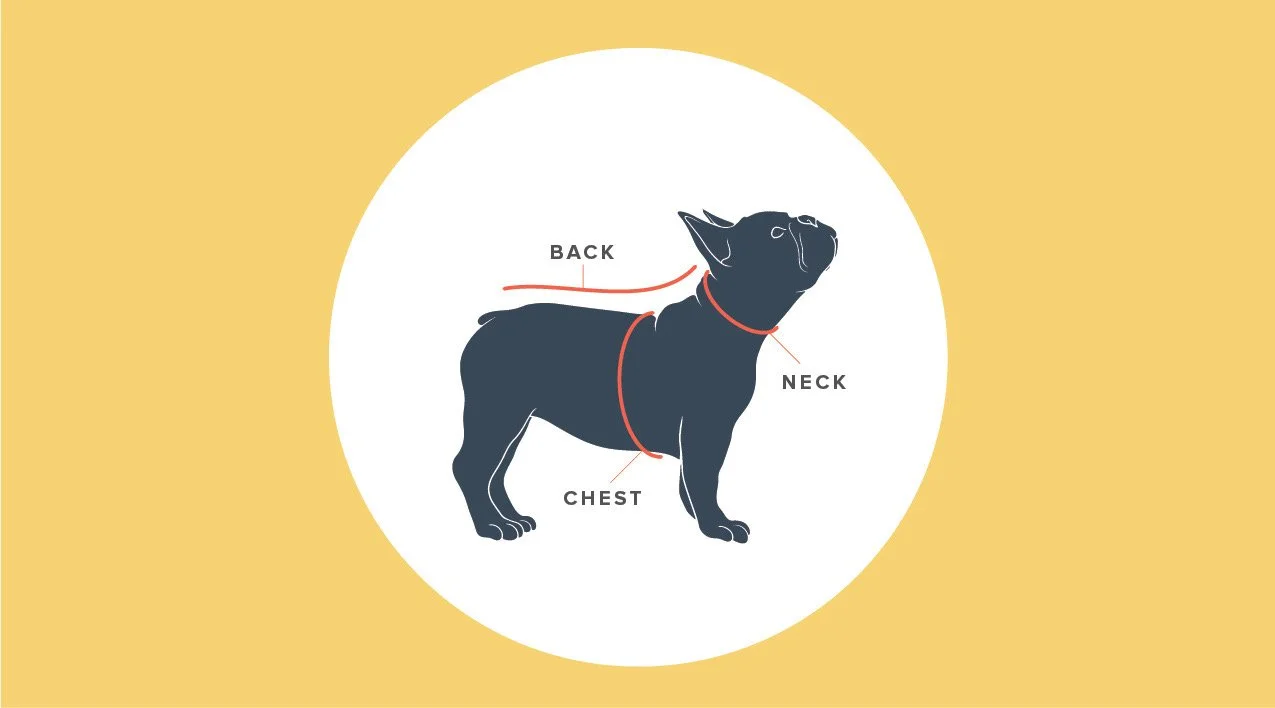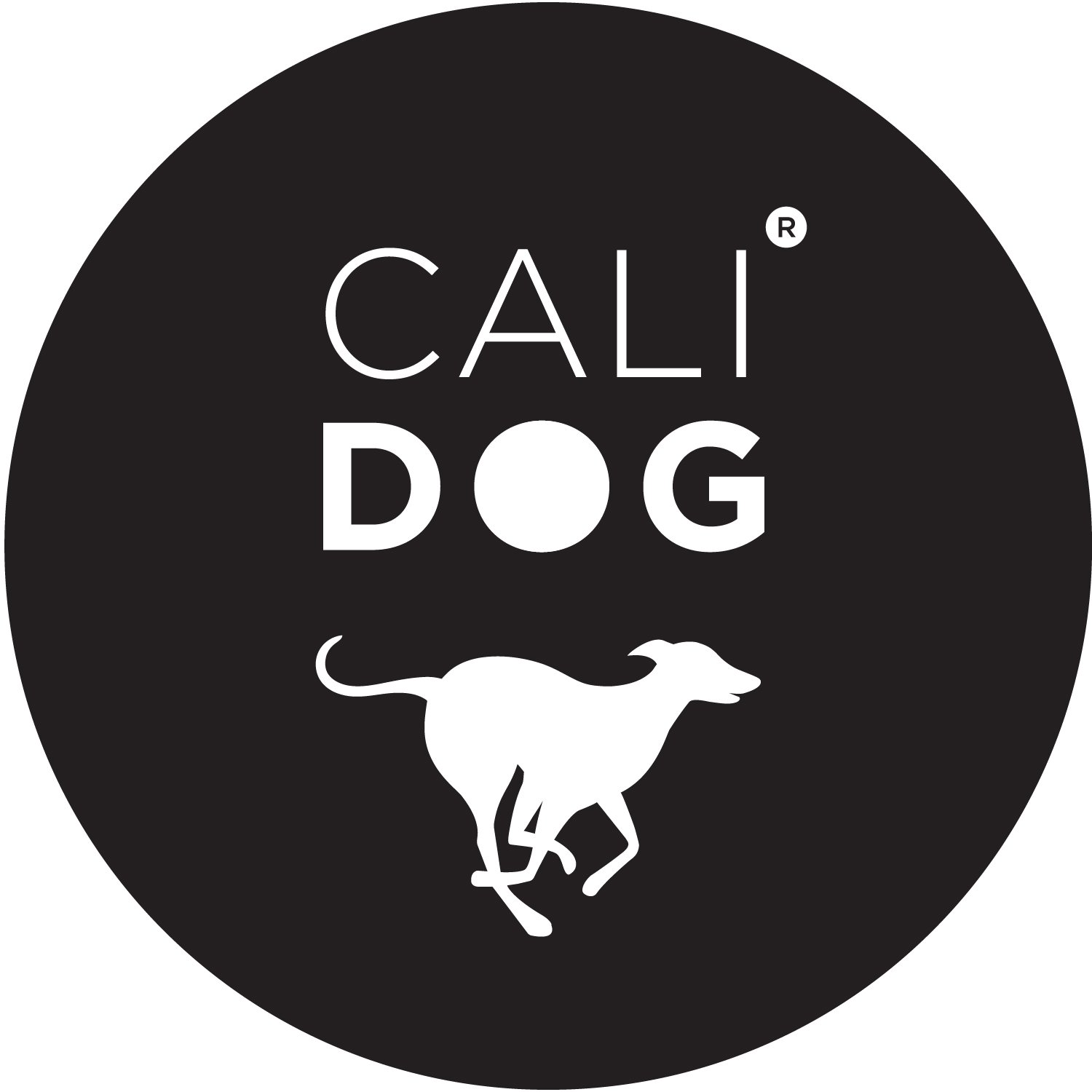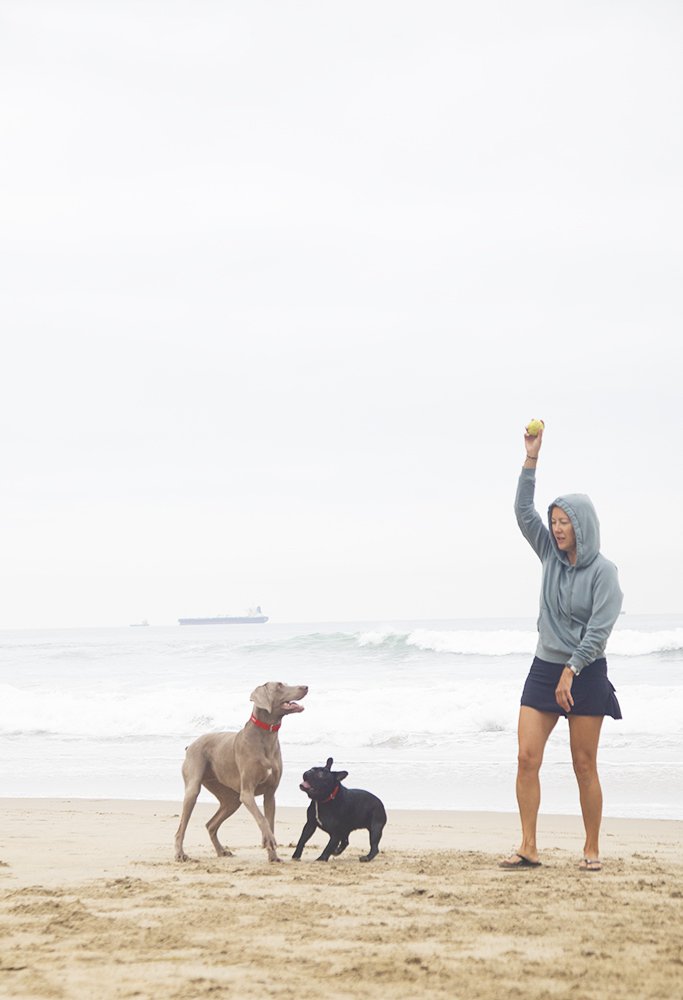How to Measure your Dog.
Dogs are all different, they come in all shapes and sizes. No matter the size of your four-legged friends, you love them anyway.
When it comes to sizing for dogs, there are a few things you need to know in order to get started.
Dog Sizes.
When looking to buy products for your pup, sometimes the sizing guides can become a little confusing. In most cases, however, you’ll have a guide similar to the guide made for people, with general sizes.
Small Dogs.
Small dogs are from two to 22 pounds in weight, though the sizing of these dogs can be broken down a little bit further though.
Miniature dogs are on the smaller end of the small dog spectrum, weighing anywhere from three to 12 pounds, with two more distinctions able to be made.
Toy dogs weigh anywhere from five to 12 pounds.
Teacup dogs weigh four pounds or less.
Even though they’re small, these little pooches come with big personalities. Sometimes, this can lead to behavioral issues, as they can become quite aggressive towards other dogs or people if not socialized correctly. The height of a small dog can range anywhere from six to 18 inches, though they can be smaller or larger than this.
Popular examples of small dog breeds are:
Beagle
Chihuahua
Cocker Spaniel
Pomeranian
Mini Pinscher
Yorkie
Shih Tzu
Medium Dogs
Medium dogs are the in-between size, and they tend to be what most people want out of a pup, even if they don’t know it. Medium dogs tend to have just enough energy, not too active or too lethargic. They don’t get too big, meaning that they’re manageable, and they don’t stay so small that they can’t keep up with you when outdoors.
Medium dogs tend to weigh anywhere from 23 to 57 pounds and stand anywhere from 18 to 25 inches at the shoulder, though depending on the breed, the height of the head can be much higher. This is considered the sweet spot for most people.
It’s also important to mention that the medium grouping of dogs contains the largest number of working dogs available. These breeds are commonly seen as support dogs or other forms of service dogs.
These are some of the most popular medium dog breeds:
Australian Shepherd
Bulldog
Border Collie
Dalmatian
Beagle
French Bulldog
Corgi
Large Dogs
These pups are starting to get big! Large dogs are big enough to do some damage, though they don’t know it. Most times, these pups think that they’re lap dogs and that they belong on the couch with their best friend.
Large dogs can weigh anywhere from 58 to 99 pounds and can stand 30 inches tall at the shoulder. These dogs are large and in charge, as the name implies. It’s important to remember, though, that just like all the other sizes of dogs, they can be all shapes. Some are slender, while others are thick and muscular.
Physically, large dogs are prone to joint issues, specifically having to do with their hips and spine. These pups need regular checkups to keep everything aligned the way it should be.
Some popular large dog breeds are:
Boxer
German Shepherd
Golden Retriever
Malamute
Weimaraner
Pitbull
Labrador
Poodle
Giant Dogs
Yep, they get bigger than the large breeds. These are your big pups, the ones that need an entire bed of their own. These pups are highly friendly and also highly protective. They’re absolutely massive and can even dwarf large breeds.
Giant dogs weigh 100 to 200 pounds and can be well over 30 inches in height at the shoulder when seated. When on their hind legs, they make most full-grown men look small. Most of these dogs are bulky rather than tall, though.
Some good examples of giant dogs are as follows:
Great Dane
Newfoundland
Tibetan Mastiff
Saint Bernard
Do Doggie Sizing Guides Match Up
In most cases, you’ll find that plenty of dog sizing guides are similar and break down exactly what their sizes mean. If you’re having any doubts about the product, or your pup’s size, here’s how to measure your four-legged friend:
Top Line Back - Measure from where your dog’s neck meets their shoulders back to the base of their tail.
Neck Girth - Using a soft measuring tape, measure the thickest part of your pet’s neck, normally where it meets the shoulders.
Chest Girth - With that same soft measuring tape, measure the thickest part of your pet’s chest, normally just behind the front legs.
Knowing these three measurements can help you when looking to purchase dog accessories for your pet, especially when shopping online.











